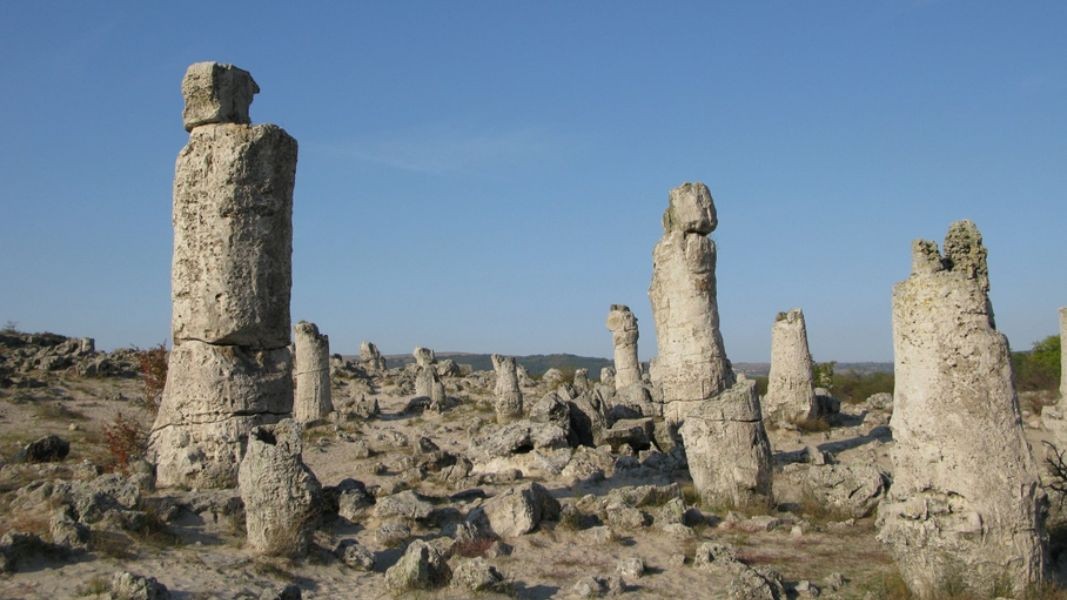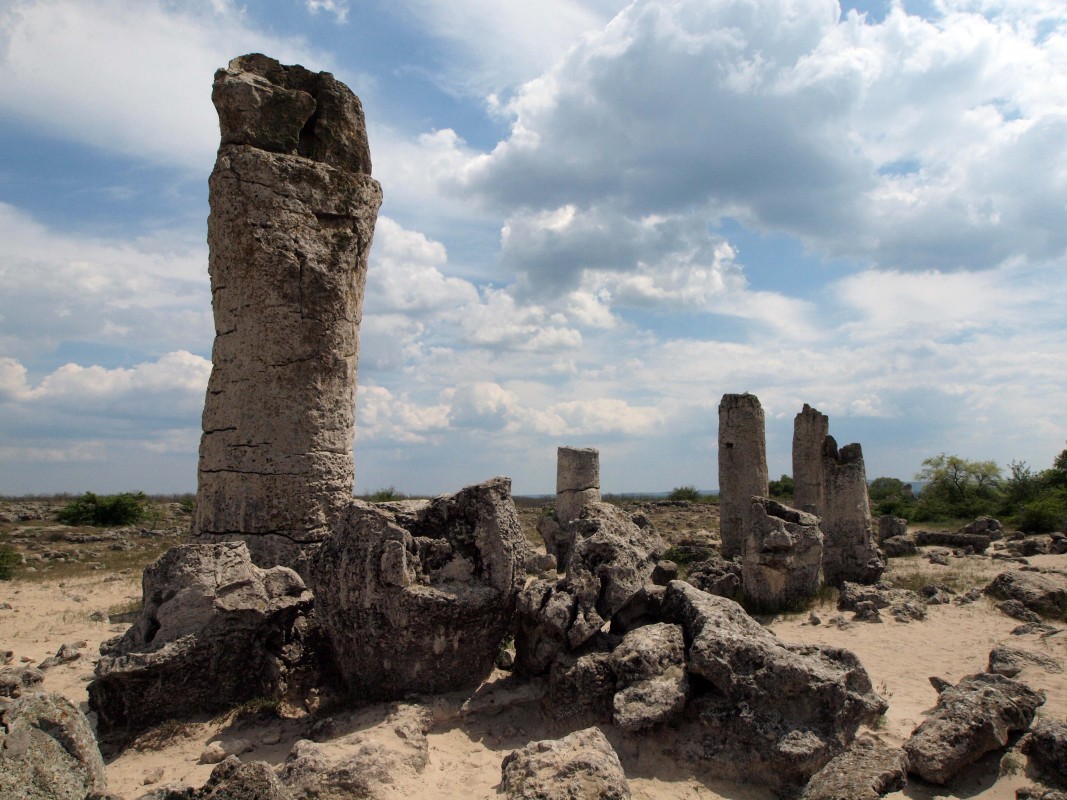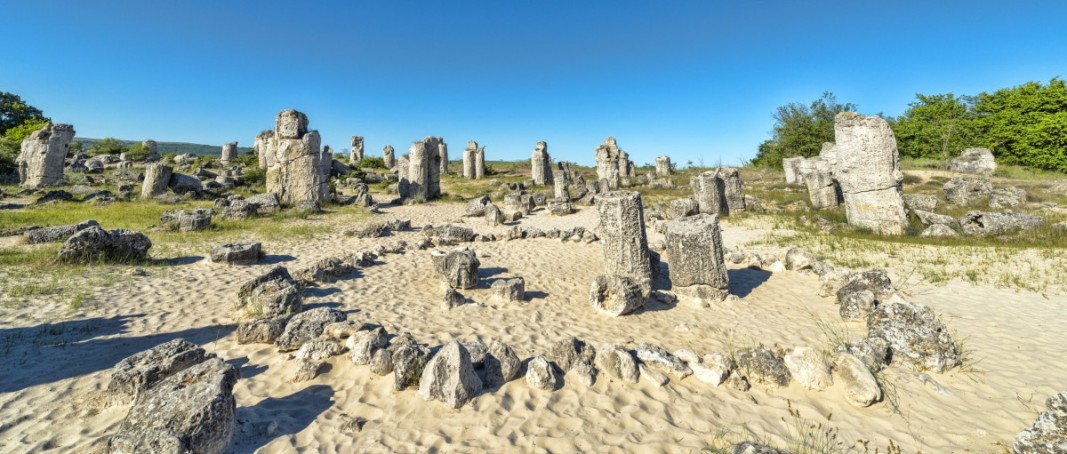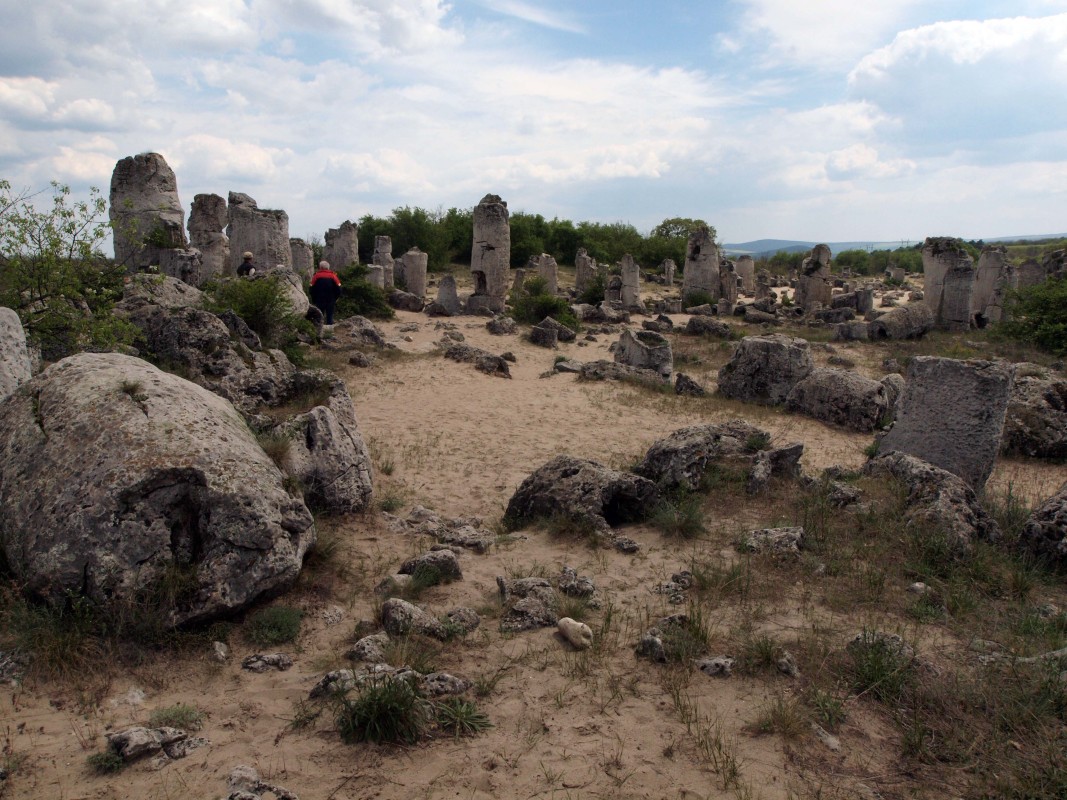



In the search for scientific facts, researchers of ancient civilizations and cultures also come across fake news created by people in the past. The most interesting thing is that the ancient people often did it in the name of cultural..
In terms of bird diversity Bulgaria occupies one of the leading places in Europe and is among the the TOP 5 destinations for birdwatching tourism on the Old Continent, we learn from our conversation with Dr. Georgi Gerdzhikov, who has..
The Ministry of Tourism presented Bulgaria at the International Golf Travel Market (IGTM), held from October 14 to 17, 2024, in Lisbon. This is the largest event in the golf tourism industry, held annually in different destinations since 1998...

+359 2 9336 661
